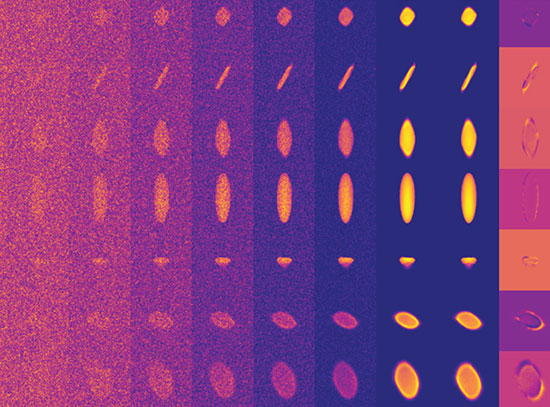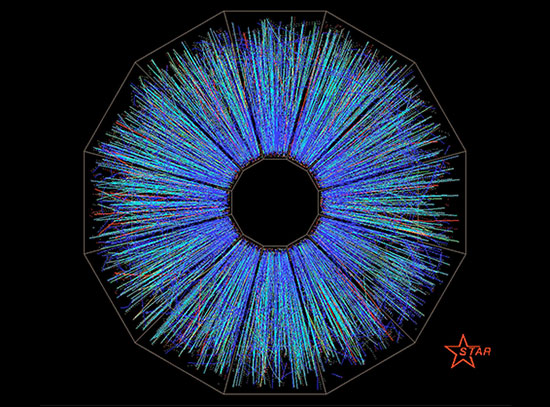Update on Personnel and Property Contamination Incident at Brookhaven Lab
December 9, 2011
Brookhaven National Laboratory has completed a comprehensive investigation and begun implementing corrective actions in response to a September 28, 2011 incident in which low levels of radiation were detected on two Brookhaven Lab workers, in several on-site locations, and in an employee's personal vehicle. Several of these corrective actions have been completed, and others are under way.
The incident involved the release of a small amount of material from a brass rod (called a "sealed source") containing the radionuclide cesium-137 as it was being transported in a Lab vehicle from one building to another on the Lab site. Two workers in the vehicle unknowingly tracked some of this material through a parking lot and into their building, and one of those workers also tracked some of the material into another employee's personal vehicle. All of the on-site contaminated areas were controlled and cleaned up, and two small spots of contamination on the passenger's side floor mat of the employee's personal vehicle were cleaned the next morning when he returned to the site. A radiation survey of that employee's home and garage showed no contamination.
There was no significant radiation exposure or environmental impact. One employee received a small radiation dose to his hands that is not expected to carry any health impact.
Following the incident, Laboratory Director Sam Aronson ordered a temporary stand down of all radiological operations at the Lab. The stand down included a complete review of all radiological operations where there was the potential for the release of radioactive material. That review was completed within one week and involved more than 400 Lab employees.
Simultaneously, an internal investigative committee appointed by the director conducted a comprehensive investigation of the event and its causes. The key conclusions of the investigation were that:
- The direct cause of the event was the structural failure of the sealed source. An analysis is currently under way to determine the cause of its failure.
- The root cause of the event was misinterpretation of the applicability of controls designed to ensure the proper use, movement, and packaging of sealed radioactive sources. In this case, the sealed source was not properly secured in its lead container, surveyed prior to its transfer, or secured against movement in the vehicle in which it was being transferred, as required.
- While the Laboratory has adequate standards for employees to safely move radioactive material by vehicle on site, these standards were generally not recognized as applicable to sealed sources, which were thought to be "safer" to move than other radioactive materials.
- Additional training was needed (and has now been completed) on the concept of employing securely closed packages for sealed sources and conducting radiological surveys on packages containing sealed sources prior to transfer.
The Laboratory has developed a set of immediate and long-term corrective actions:
- The failed source was replaced with a solid metal type of source that is an inherently safer design.
- Lab staff conducted an immediate review and safety evaluation of all sealed sources on site. Only one similar source was found, and it was removed from service.
- New requirements are being established to manage the configuration of sealed sources, their containers, and handling tools, and Lab staff who work with sealed sources will receive comprehensive training on the new requirements.
- While the Laboratory complied with the requirement to test sealed sources every six months, it is establishing more rigorous requirements for sealed source maintenance, inspection, and testing.
Several of these corrective actions are already in progress, while others are longer-term and are expected to be completed by the end of 2012.
2011-11369 | INT/EXT | Newsroom









